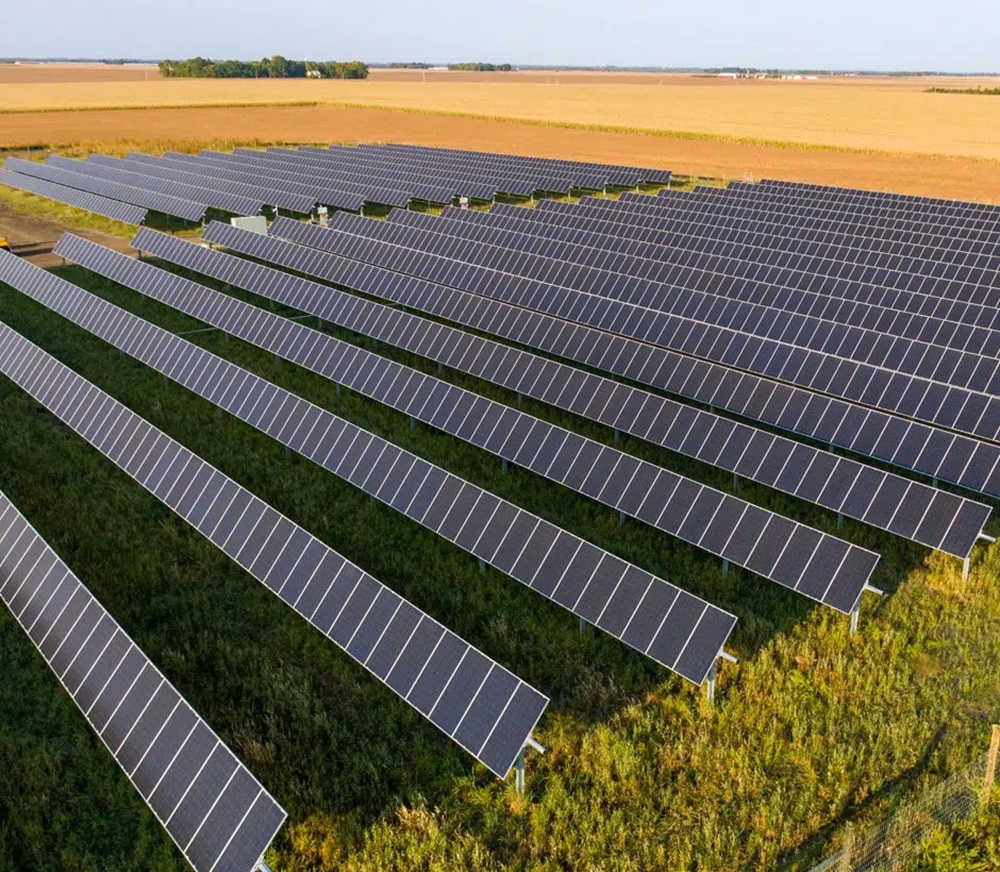The Minnesota Legislature has passed the Energy Infrastructure Permitting Act, a law that streamlines clean energy permitting processes, removes redundancies, and provides funds for optimizing rooftop solar permits. Find the full text of the bill here.
The Act is expected to help the state pursue its target of 100% carbon emissions-free energy by 2040, a goal passed last year.
“The Minnesota Energy Infrastructure Permitting Act is an important step forward to modernize our permitting process so we can meet this critical moment and ensure projects can develop with the urgency needed to meet our goals,” said Minnesota Representative Jamie Long.
Currently, about 51% of Minnesota’s electricity comes from carbon-free sources. Despite this progress, clean energy projects are bogged down by a 50-year-old permitting process that is continually getting more sluggish as more renewable projects apply for approval.
A press release from Rep. Long said solar projects started in 2019 are taking 249 days longer to receive a permit than solar projects started in 2015. The average time from application acceptance to permit issuance is 250 days for small transmission lines, 358 days for wind farms, 378 for solar farms, and 673 days for large transmission lines.
“Siting and permitting is the largest roadblock to deploying renewable projects across the Midwest, and the reforms in this package ensure Minnesota’s policies demonstrate the state’s readiness to welcome the clean energy transition,” said Beth Soholt, executive director, Clean Grid Alliance.
The Act will establish clear and consistent timelines for each stage of permit review, remove delay and duplication, and require state agencies to identify and solve problems early in the permitting process. The bill will streamline the application acceptance process, allowing Public Utilities Commission staff, rather than the full Commission, to determine an application’s completeness. It also eliminates a separate Certificate of Need proceeding for projects the PUC determines are prudent, reasonable and needed to meet state energy goals.
The bill will also reorganize separate permitting processes for renewables, storage and small transmission into a single, consistent process, and consolidate Minnesota’s existing laws and rules regarding PUC permits into a single statute. It also maintains opportunities for public engagement and input while reducing permitting timelines.
“Our research found that we need to double the current pace of clean energy project approval if we want to meet our clean energy goals. Unfortunately, our pace is getting slower and we’re being outpaced by our regional neighbors,” said Jake Schwitzer, executive director of North Star Policy Action. “This legislation will cut red tape and unnecessary delays out of our permitting process and allow us to create more good jobs and Minnesota-made clean energy.”
The bill also introduces $2 million in incentives for local governments to adopt the federally-developed SolarAPP+ for automated rooftop residential solar permits.
The Act now heads to Governor Tim Walz for approval.
This content is protected by copyright and may not be reused. If you want to cooperate with us and would like to reuse some of our content, please contact: editors@pv-magazine.com.









By submitting this form you agree to pv magazine using your data for the purposes of publishing your comment.
Your personal data will only be disclosed or otherwise transmitted to third parties for the purposes of spam filtering or if this is necessary for technical maintenance of the website. Any other transfer to third parties will not take place unless this is justified on the basis of applicable data protection regulations or if pv magazine is legally obliged to do so.
You may revoke this consent at any time with effect for the future, in which case your personal data will be deleted immediately. Otherwise, your data will be deleted if pv magazine has processed your request or the purpose of data storage is fulfilled.
Further information on data privacy can be found in our Data Protection Policy.